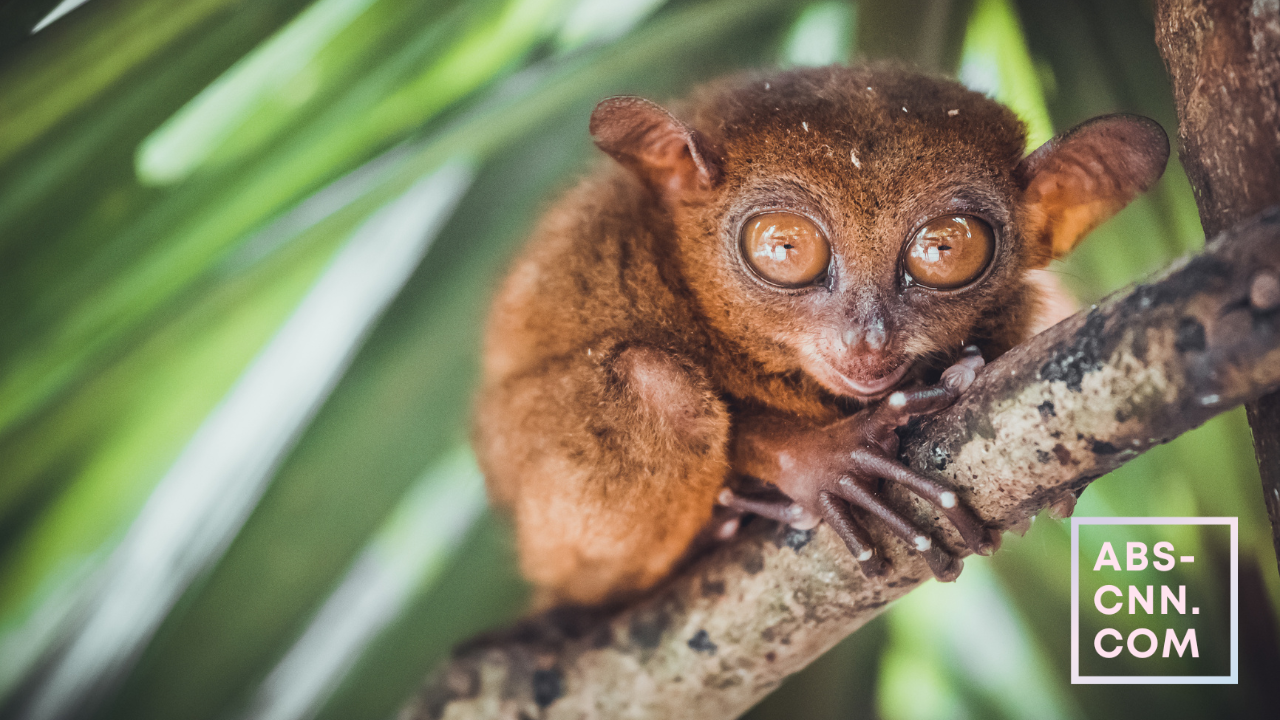When it comes to unique and fascinating creatures, the Philippine Tarsier definitely takes the spotlight. This small primate, known for its enormous eyes and incredible leaping abilities, is a true marvel of nature. Let’s delve into the world of the Philippine Tarsier, exploring its habitat, behavior, and conservation efforts.
The Philippine Tarsier: A Miniature Marvel
The Philippine Tarsier, scientifically known as Carlito syrichta, is one of the world’s smallest primates. Found only in the Philippines, particularly in the islands of Bohol, Samar, Leyte, and Mindanao, this tiny creature has captured the hearts of both locals and tourists alike.
One of the most striking features of the Philippine Tarsier is its enormous eyes, which are approximately 150 times larger than its actual eyeball. These eyes allow the tarsier to have excellent night vision, making it a skilled nocturnal hunter. In fact, it has the ability to rotate its head almost 180 degrees, giving it a wide field of vision to spot its prey.
A Day in the Life of a Tarsier
As mentioned earlier, the Philippine Tarsier is a nocturnal creature, which means it is most active during the night. During the day, it seeks refuge in the dense vegetation of the forest, often hiding in tree hollows or tall grasses to avoid predators.
When night falls, the tarsier emerges from its hiding place to begin its hunt. Using its sharp claws and strong hind legs, it leaps from tree to tree in search of insects, small birds, lizards, and even bats. Despite its small size, the tarsier is an agile and efficient hunter.
Aside from its impressive hunting skills, the Philippine Tarsier is also known for its unique vocalizations. It communicates with its fellow tarsiers through a series of high-pitched calls, which can be heard echoing through the forest at night. These vocalizations serve various purposes, including marking territories and attracting mates.
Conservation Efforts: Protecting the Tarsier’s Future
Despite its charm and popularity, the Philippine Tarsier faces numerous threats to its survival. Habitat loss due to deforestation, illegal pet trade, and hunting pose significant risks to the tarsier population. Recognizing the importance of preserving this unique species, various conservation efforts have been implemented.
The Philippine government, along with local communities and non-governmental organizations, has established protected areas and wildlife sanctuaries to safeguard the tarsier’s natural habitat. These initiatives aim to educate the public about the importance of conservation and raise awareness about the tarsier’s plight.
Furthermore, responsible tourism practices have been encouraged to minimize the negative impact on the tarsier population. Visitors are advised to keep a safe distance, avoid using flash photography, and refrain from touching or disturbing the tarsiers in any way.
The Philippine Tarsier is undoubtedly a fascinating creature that captivates the imagination. With its unique physical attributes, remarkable hunting skills, and distinct vocalizations, it continues to amaze scientists and nature enthusiasts alike.
However, it is crucial that we recognize the importance of protecting the Philippine Tarsier and its natural habitat. By supporting conservation efforts and promoting responsible tourism practices, we can ensure that future generations will have the opportunity to marvel at the enigmatic charm of this tiny primate.













